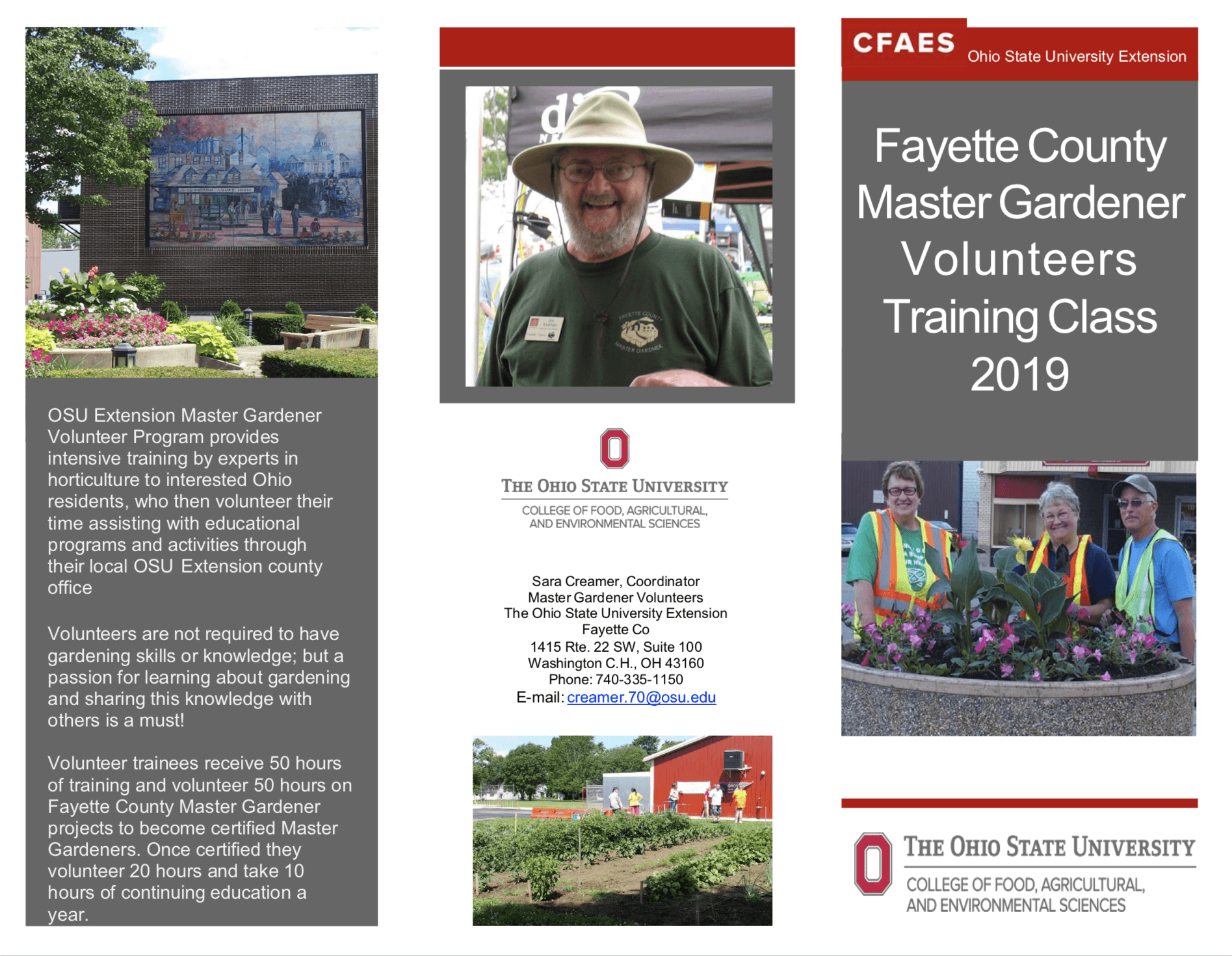By Tony Nye
Agricultural and Natural Resources Extension Educator
Ohio State University Extension, Clinton County
Originally published in the Wilmington News Journal
The dog days of summer seem to be hanging on with some of our hottest days recently.
I am not ready to let go. Fall, however, is my favorite time of year, with enjoyable temperatures, great fall colors — and let us not forget the fact that Buckeye football begins this weekend.
My only problem with fall is the fact that winter follows it.
In the meantime, I was reminded this week that we want to be diligent in our evaluation of weed control on our farms and in our fields.
Just this week I assisted the new educator in Highland County on a possible Palmer amaranth weed situation in CRP acreage.
As it turned out, there was Palmer amaranth, as well as water hemp, evidence of spiny amaranth and maybe other pigweed species (I did not walk entire acreage). This was a new seeding (spring 2018) and more than likely the problem weeds came with the seed.
Most of our seed for these types of situations can come from states that have a history of having Palmer amaranth and water hemp.
Reminder — ODA will test any seed used for these purposes for the presence of Palmer amaranth. There were not lots of plants so individual plant removal would be achievable without too much effort. If left to go to full seed production this year, next year could be a whole different story for the producer.
The concern as many of you are aware is Palmer amaranth is a noxious weed and can spread very quickly over crop acreage in just a matter of a couple years if neglected.
According to Mark Loux, Ohio State University weed specialist, as well as other weed specialists across the country, note that Palmer amaranth is an Amaranthus (pigweed) species that has become a devastating glyphosate-resistant weed problem in the South and parts of the Midwest over the past decade.
It has caused substantial losses in crop yield and farm income, and a permanent increase in the cost of herbicide programs.
If you don’t already have to deal with water hemp or Palmer amaranth, you don’t want it, warns Loux. Ask anyone who does.
Loux notes that neither one of these weeds is easy to manage, and both can cause substantial increases in the cost of herbicide programs, which have to be constantly changed to account for the multiple resistance that will develop over time (not “can”, “will”).
The trend across the country is for them to develop resistance to any new herbicide sites of action that are used in POST treatments. Preventing new infestations of these weeds should be of high priority for Ohio growers.
Preventing additional Palmer infestations in Ohio is a primary goal of the OSU weed science program, and will require efforts from the entire Ohio agricultural community. There are several mechanisms for the movement of Palmer amaranth into Ohio:
• Movement of equipment from Palmer-infested areas into Ohio.
• The presence of Palmer seed in cotton-derived feed products that are transported from the south into Ohio, or in hay from Kansas.
• The presence of Palmer seed in cover crop and wildlife seed that originates in areas infested with palmer amaranth, such as Texas and Kansas.
Below is a map of where Palmer Amaranth was identified as of 2017 and a few more locations have been found in 2018. If you notice, Clinton County is included in this map. This map is a moving target and can change at any given time as more populations are found in Ohio.
What makes Palmer amaranth such a problem:
• A single female Palmer plant produce 100,000 to upwards of 500,000 seed.
• Broad period of emergence — April to August.
• Small seed that is well-adapted to minimum and no-tillage.
• Rapid growth – up to 3 inches a day. Postemergence herbicides must be applied when Palmer plants are less than 3 inches tall.
• Readily develops herbicide resistance.
• Dioecious reproductive system (male and female plants). Obligate outcrossing results in rapid spread of herbicide resistance.
In a few words from Loux: When not controlled, Palmer amaranth in Ohio can take over a field faster than any other annual weed we deal with. Taking time to remove Palmer amaranth and waterhemp plants from fields now will go a long way toward maintaining the profitability of farm operation.
Certainly we have other problem weeds we should also be scouting for to evaluate the effectiveness of our herbicide program this time of year. Those would include giant ragweed, common ragweed, marestail, and don’t forget the likes of foxtail, lambsquarter and other weeds that are problems in your own situations.
With the cooler weather this weekend, take some time to note effectiveness and problems with herbicide performance in your cropping operation.
Tony Nye is the state coordinator for the Ohio State University Extension Small Farm Program and has been an OSU Extension Educator for agriculture and natural resources for 30 years, currently serving Clinton County and the Miami Valley EERA.
Retrieved from https://www.wnewsj.com/opinion/columns/81939/evaluate-herbicide-performance-in-your-operation







